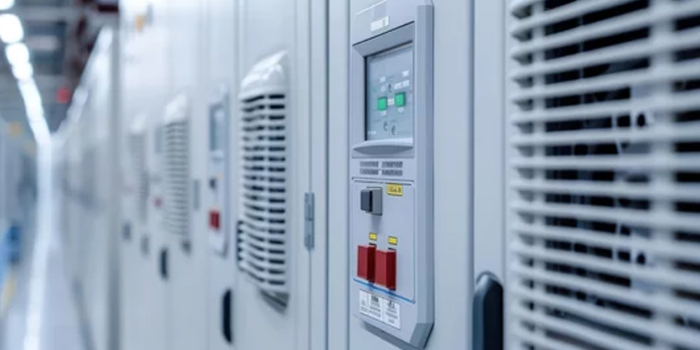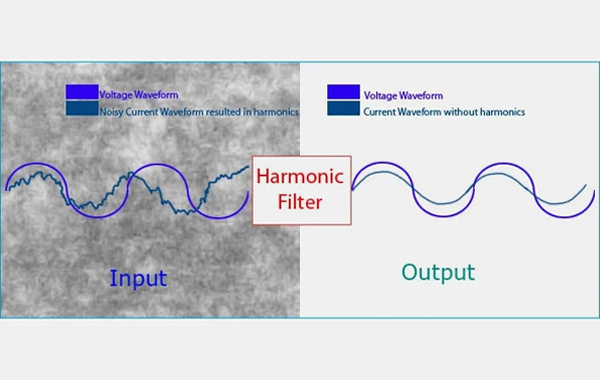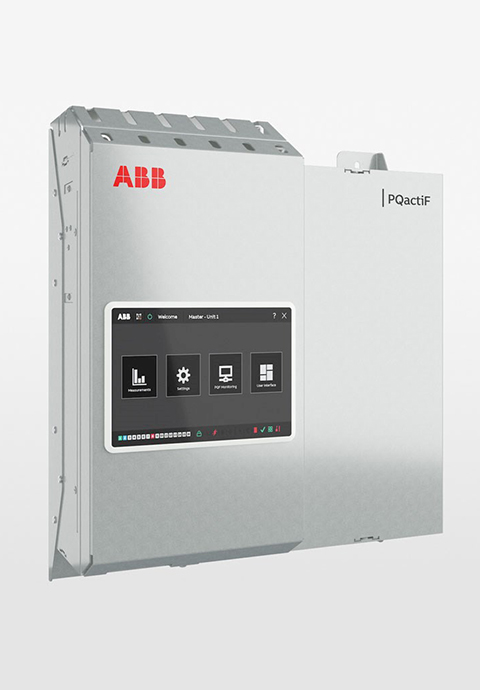Harmonics cause interruptions, interference, and downtime by polluting the electrical network and making connected equipment behave erratically.
Harmonics can cause damage to sensitive electronics, interfere in communication equipment, and produce false readings on measurement devices.
Harmonics can trip circuit breakers, blow fuses, and cause capacitor failures. The effects also include overheating of transformers, cables, motors, generators, and capacitors. Equipment must be designed to tolerate harmonics in the network, and oversizing leads to higher investment costs and underutilized capacity.

The problems caused by harmonics result in increased losses because more energy is wasted due to overheating, equipment has a shorter life time and is subject to unreliable operation. In the worst cases, harmonics cause unnecessary and unwanted process interruptions.

What are harmonics ?
In an ideal case, the current in an electrical grid is a pure sine wave and does not contain harmonics. In reality the current deviates from this pure sine wave and contains harmonics. A pure sinusoidal voltage and current does not contain any harmonics Voltage and current that deviate from the sine form contain harmonics The total amount of harmonics is expressed as a THD% value (= total harmonic distortion).
TASCO services include:
- Conducting detailed power quality assessments and harmonic distortion analysis using cutting-edge diagnostic tools.
- Designing customized harmonic filter solutions, including passive, active, and hybrid filters, to meet complex system requirements.
- Integrating harmonic filters with energy management and automation systems for real-time power quality optimization.
- Implementing advanced monitoring systems with predictive analytics to anticipate harmonic issues before they impact operations.

